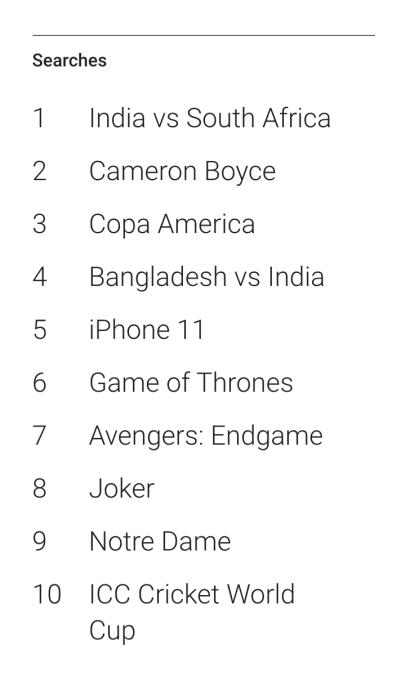This week Gtmhub announced a $9 million Series A led by CRV. The investment was not a large round, even for an A. But the capital found its way into one of the fastest-growing SaaS companies that we’ve spoken with recently, which made it interesting all the same.
And, the firm was willing to talk about its financial performance in some detail. The combination made its Series A impossible to ignore.
TechCrunch caught up with Gtmhub’s CMO Seth Elliott this morning to learn more.
What it does
Let’s start with OKRs. Objectives and key results, better known as OKRs, are a method for organizational planning. They are famous thanks to their roots in Google’s success, but have since broken free of the technology world and become a well-known planning method for corporations of all sizes and types.
Gtmhub deals with them, providing software and services around OKR implementation, training and tracking. (If you an OKR neophyte, head here for a quick overview of what they are.)
Making OKR software isn’t a differentiator in today’s market. Ally does it (it also raised capital recently), along with WorkBoard, Koan and Lattice, among others.
Given the crowded market, Gtmhub stressed during our call how it thinks of itself as differentiated. The company has three things that it hopes will give it an edge in the market. The first is a focus on enterprise customers. According to Elliot, enterprise-sized clients are his company’s “bread and butter,” from a revenue perspective. Instead of starting with a small or mid-sized business target market and later targeting enterprise-scale customers, Gtmhub is going after the top-end of the market first.
Second, the company’s software is designed to interface with external tooling, allowing for real-time OKR tracking as it ingests information to help teams vet how they are progressing against their goals. And, the firm is working on a marketplace where, over time, customers will be able to learn from existing OKR setups and leverage analytics setups that help with data importation and visibility.
In its own words, Gtmhub is an OKR-centric software company, while “provid[ing] a long-term vision and the execution process necessary to bridge the strategy/execution gap,” according to Elliot.
Notably, Gtmhub, despite its enterprise focus, is not abandoning smaller companies. According to Elliot, the startup is announcing a new, stripped-down, $1 per user per month plan next week called START, aimed at smaller firms.
If START is an attempt to onboard companies when they are small so they can be upsold later, or if it is more a contra-competitor move, isn’t clear. But the new, cheap plan (priced at about 10% of other Gtmhub tiers) could shake up the OKR software space by making table-stakes features worth less than they were before.
Gtmhub’s round
Gtmhub is a distributed company, with offices in Denver, Sofia, Berlin and London for its roughly 60 workers. You might think, given its global footprint and number of employees, that the company had raised lots of capital to fund its operations. The opposite, as it turns out.
The startup’s $9 million Series A dwarfs its preceding rounds, including about $3.2 million in seed capital raised over two rounds (one, two) in February of 2018. Aside from those checks and the new capital, all we know about Gtmhub’s fundraising history is that it picked up $100,000 in angel money in early 2017.
All told, Gtmhub has raised just over $12 million to date, making its Series A about 73% of its known raised capital. That’s not the mark of a company built on burn.
Of course, if Gtmhub kept a lid on its expenses by growing slowly, its parsimony might be more sin than virtue; after all, private companies backed with venture dollars are built for expansion.
The opposite, as it turns out.
Growth
Elliot shared a number of notable metrics with TechCrunch that we’ve prepared for you below, in an ingestible format:
- ARR growth: Over 400% year-over-year (YoY)
- Gross margin: Above 90%, up from over 80% YoY
- ACV trends: +650% YoY
Take a moment and square those results with how much capital Gtmhub raised and ask yourself if the performance matches the raise. It doesn’t. I suspect that Gtmhub could have raised a lot more money than it chose to, given its growth rate and other marks of financial health.
But, after expanding to 60 people on less than $3.5 million in known venture, the company probably isn’t too unprofitable, and can do a lot with just $9 million. (Gtmhub could also raise more if it needed to, given its metrics.)
With Gtmhub and Ally each flush with new cash, it’s going to be enjoyable to watch the OKR and OKR-empowered software space grow over the next few years. There will be eventual consolidation, right?
Photo by Startaê Team on Unsplash




